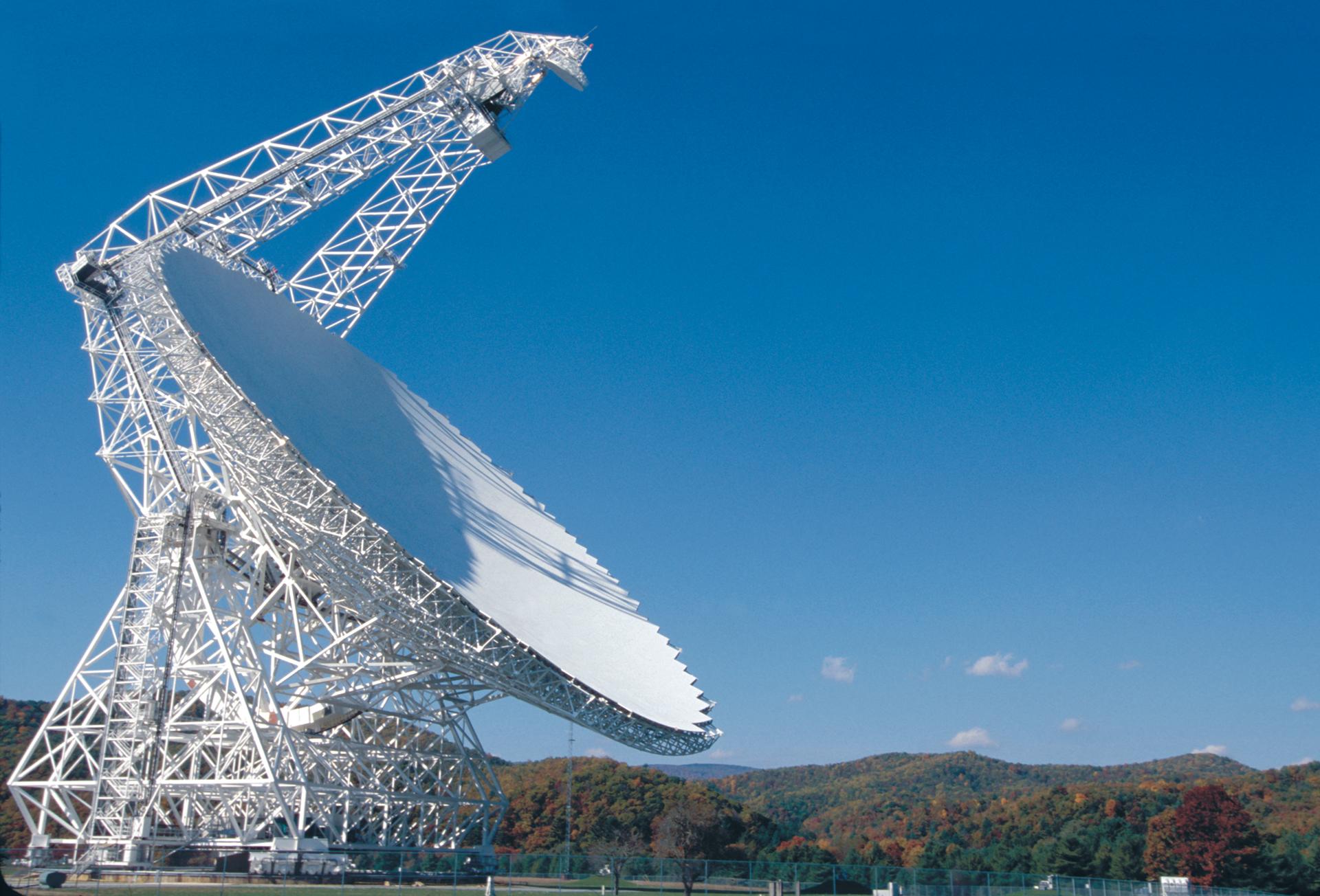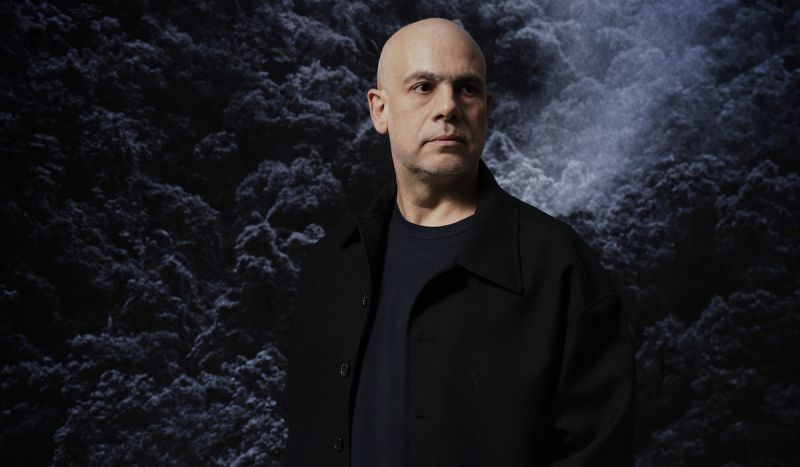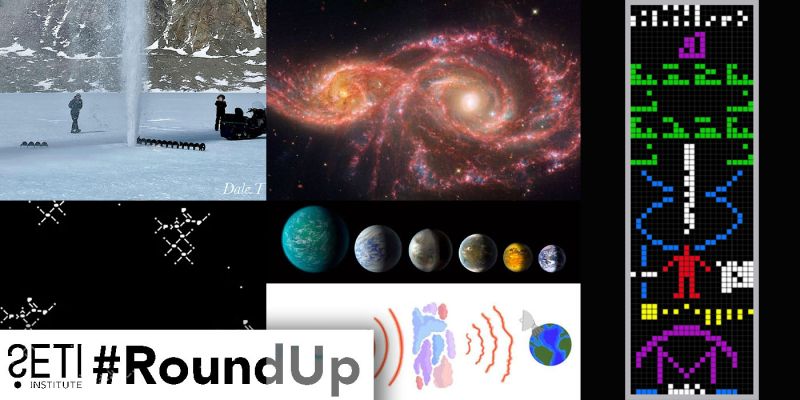There have been roughly 30 fast radio bursters (FRBs) detected so far, but FRB 121102 is the only one that has erupted more than once.

It’s a signal that begs for superlatives. The Breakthrough Listen project recently announced the detection of 15 pulses of radio energy from an object known to the astronomy community as FRB 121102.
There have been roughly 30 fast radio bursters (FRBs) detected so far, but FRB 121102 is the only one that has erupted more than once. Repetition is a boon for those trying to unravel the nature of these mysterious objects. It offers the chance to look again with different instruments, and in particular with telescope arrays that can pinpoint the bursters’ position on the sky. Thanks to FRB 121102’s persistent hiccups (it’s been observed to flash more than 150 times), we now know that its source lies in a small galaxy 3 billion light-years away.
That’s not a trivial distance, even by the generous standards of astronomy. The first quasar, discovered in 1963, astounded scientists because of its truly enormous remove. But FRB 121102 is half again as far. When it burped into space the radio signals found by the Breakthrough group, the most advanced form of life on Earth was sea scum.
But FRB 121102 is more than merely far, far away and long, long ago. It’s more powerful than nearly anything you can name. Indeed, if you assume that energy from the burst is radiated in all directions, then in an eyeblink this object let loose about as much energy as the Sun pumps out in a year. Or if that doesn’t impress you, it’s enough energy to run humanity (at its present, prodigious burn rate) for ten trillion years. Mind you, the amount of that energy impinging upon the Green Bank Telescope used by the Berkeley scientists was far less than that required for an ant to twitch a leg.
The big question – still unanswered – is what is producing these radio bursts? The SETI Institute has been using its Allen Telescope Array in an effort to get data at frequencies higher on the radio dial than those measured so far. New digital analysis hardware being planned for the Array will allow it to both discover and observe bursters over a range of frequencies that no other instrument can match.
But for the moment, most of the theories about what’s going on with these puzzling objects involve explosions near, or collisions between, massively dense objects. Whatever the cause, note that FRB 121102 is a big bark from a small dog: The galaxy in which the bursts originate is many dozens of times smaller than the Milky Way.
Certainly the explanation that has most intrigued the public is that Fast Radio Bursts are signals from advanced intelligence. While that could be possible, most astronomers – including those involved with these recent observations – elevate their eyebrows at that suggestion. After all, what could motivate a society to produce signals that are so intense they can be seen from other galaxies? That would be like the sinking Titanic using a flare gun bright enough to be seen from Mars. But of greater weight is the fact that, based on the several dozen FRBs detected so far, it’s estimated that ten thousand such blasts occur throughout the cosmos every day. The incredibly widespread nature of this phenomenon strongly suggests that Nature, not intelligence, is the cause of these cosmic flashguns.





